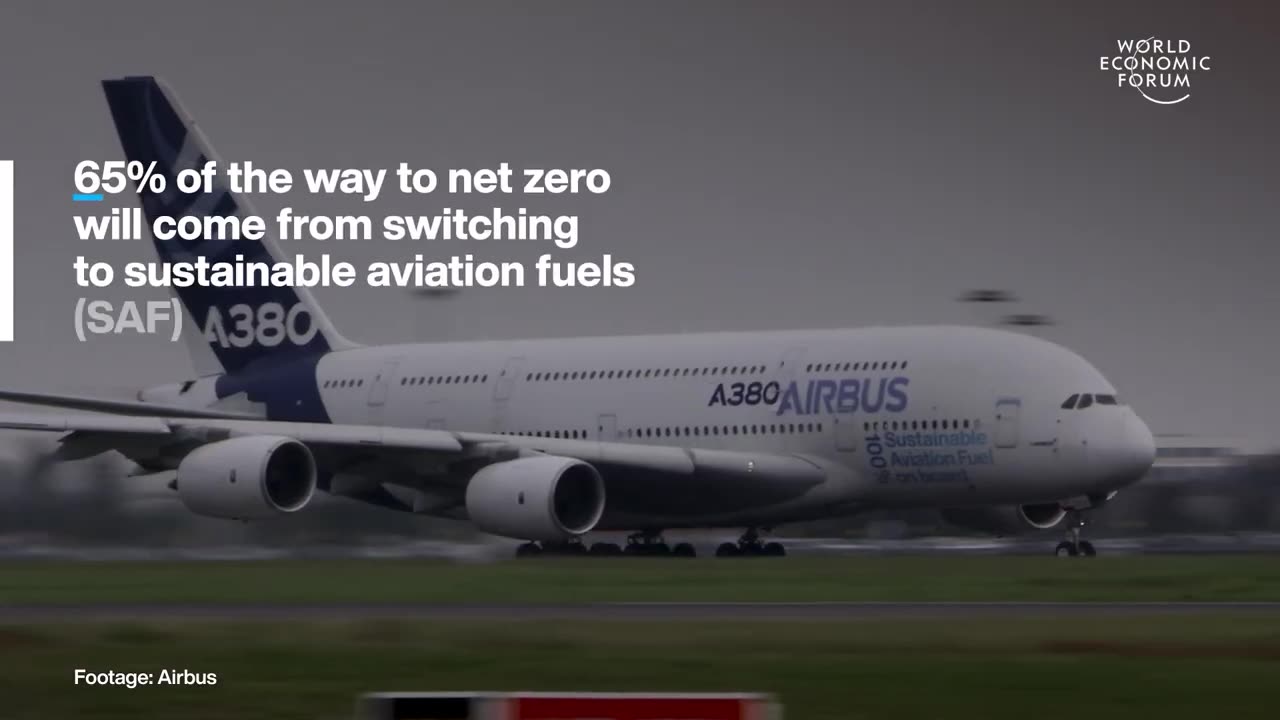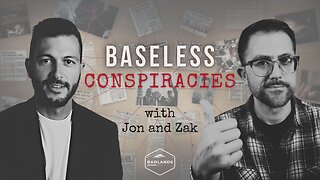Premium Only Content

Silicon Valley Bank Collapse Explained | AI Detects Lung Cancer | WEF
This week's top stories of the week include:
0:15 Silicon Valley Bank collapse explained - On 10 March, Silicon Valley Bank (SVB) failed after a ‘run’ on the bank from customers wishing to draw cash. The bank didn’t have enough funds to pay them. So federal regulators had to step in and shut it down.
Silicon Valley Bank is the biggest US bank to fail since the 2008 financial crisis and the second-biggest ever. Just a few days ago, it was a respected player in the tech space, with thousands of venture capital-backed start-ups among its customers. So how did things go wrong so quickly?
Watch the video to learn more about the Silicon Valley Bank collapse.
2:14 Aviation will be net zero by 2050 - Altogether, aviation is currently responsible for 2.5% of global emissions. Without action to reduce emissions, demand could see this soar 300% by 2050.
65% of the way to net zero will come from switching to sustainable aviation fuels (SAF). Its production uses a fraction of the carbon footprint generated by petroleum fuel.
3:49 AI detects lung cancer better than humans - It reads routine chest X-rays to highlight up to 29 abnormalities. Including the patient’s risk of lung cancer so a radiologist can take a look. Usually, human radiologists scour X-rays by eye. But 20% of lung cancer risks go undetected this way, causing a potential delay in diagnosis and poorer outcomes. The new tool was developed by Qure.ai and is being scaled up in partnership with AstraZeneca. The tool was trained using over 4 million X-rays. In trials, it was 17% more sensitive than a human. Early data indicates impressive accuracy for identifying risk of malignancy
5:18 Researchers restore movement for stroke victims - Doctors implant electrodes in the patient’s neck. These stimulate undamaged parts of the spinal cord and bring movement back to paralyzed arms and hands.
-

FreshandFit
12 hours agoHow Difficult Is It For Men In Dating Apps? Girls Find Out...
140K22 -
 1:57:58
1:57:58
Badlands Media
7 hours agoBaseless Conspiracies Ep. 152: Government Shutdown Games & The Kirk Assassination Theories
62.6K4 -
 2:02:42
2:02:42
Inverted World Live
5 hours agoTrump's Medbeds | Ep. 115
73K10 -
 2:03:41
2:03:41
TimcastIRL
6 hours agoTrump To Deploy National Guard To Chicago, Federal TAKEOVER Begins | Timcast IRL
211K176 -
 2:52:40
2:52:40
PandaSub2000
11 hours agoLIVE 10pm ET | SILENT HILL F w/TinyPandaFace
32.1K1 -
 1:26:00
1:26:00
Glenn Greenwald
12 hours agoNick Fuentes On Censorship, Charlie Kirk's Assassination, Trump's Foreign Policy, Israel/Gaza, the Future of the GOP, and More | SYSTEM UPDATE #523
131K339 -
 5:49:04
5:49:04
StevieTLIVE
8 hours ago#1 Kar98 Warzone POV Monday MOTIVATION
26.3K1 -
 4:45:45
4:45:45
a12cat34dog
7 hours agoTHE *NEW* SILENT HILL :: SILENT HILL f :: IS IT GOOD!? {18+}
22K4 -
 1:00:21
1:00:21
Akademiks
5 hours agonba youngboy live show.
56.8K2 -
 2:51:15
2:51:15
The Quartering
5 hours agoThey Just Stopped Another Attack, Trump Defeats Youtube, Hasan PIker Meltdown & More
69.1K49